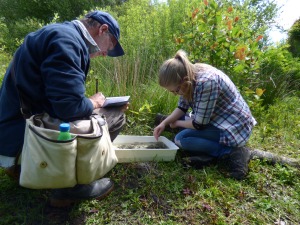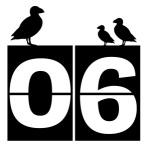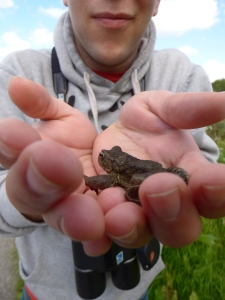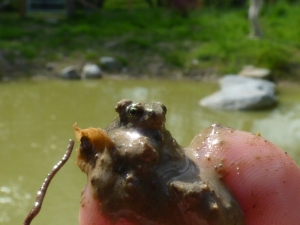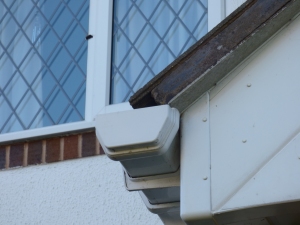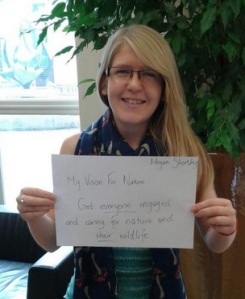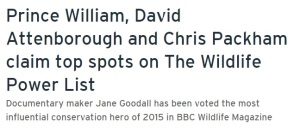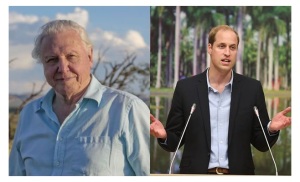Day Seven of Megan & Matt Go Wild!
Welcome to our joint-blogging series for the Wildlife Trusts’ 30 Days Wild Challenge – you can read more about the campaign and ourselves in our introduction page.
(Megan, mid-Wales)
Phew, now I can breathe a sigh of relief! Today was the day for my bioblitz, an event that had originally been thought of back when I was still working for Radnorshire Wildlife Trust, and I had been anxiously worrying about ever since.
Organised by myself, group of us when over to Llanbwchllyn Lake, an oasis of wildlife in the middle of (what feels like) nowhere. The plan for the day was to record as many species as possible, which will then feed into the management plan of the reserve – particularly if we had found anything rare. We had a couple of target groups – mammals, plants, birds, moths and other insects (albeit not really flies … they’re difficult!). I will be collating the records from the county recorders into one spreadsheet, but I believe we got a decent number of records (Matt proved himself very useful for the birds list!). Unfortunately the night was quite cool and we got a very poor catch of moths.
I would say my highlights were probably hearing my first Spotted Flycatcher and peering at the lake invertebrates. For the latter, the invertebrate county recorder had brought along some dipping equipment – it was great to learn even more about underwater creatures! I hope to remember enough to pass onto schoolchildren when we go pond dipping at Lorton Meadows.
On another note, it was lovely to return to Wales – although a little cold there, and to see some of my old work colleagues and friends again. We had a good catch up on life, the universe and everything whilst peering at various species.
I have made notes on how to run a bioblitz differently in the future, but at least I have organised one now! It did work well enough today, but I think it is a start to be improved upon. Which happens to tick off another of my 2015 Wildlife Resolutions!
(Matt, mid-Wales)
Today was the wildest day yet. I took part in my first ever bioblitz – an activity that involves searching for, identifying and recording every possible species of every kind in an area.
We were at a Radnorshire Wildlife Trust reserve in mid-Wales, beautiful mixed woodland and flower meadows surrounding a large lake.
A team of ten of us or so set off to check the previous night’s mammal and moth traps, to sweep our nets among the vegetation, dip our trays in the lake’s edge, forage for beetles among the shorter plants and scan the sky with our binoculars.
My day was filled with amazing wildlife, and brought back to me was that sense of pride I remember from childhood, the one that comes with being able to interpret the language that the natural world speaks and so many people these days don’t.
I saw lacewings and saw flies, pied flycatchers and house martins, tadpoles and centuries-old creeping buttercup plants. I learned (and forgot) a vast number of scientific names.
But best of all were the other people. The experts who came were walking encyclopaedias of knowledge about wildlife and the local area. They were pioneers in innovative farming methods in the Welsh uplands to help nature and passionate conservationists. And they were young children who knew how to identify species that are still a mystery to me.
A bioblitz is a fantastic way to get lost in nature and to learn at high intensity. And today’s was all organised by Megan. She gave a whole group of people a chance to connect with nature and each other and to learn. She deserves no end of credit for that and I think it’s just the start of things to come.


